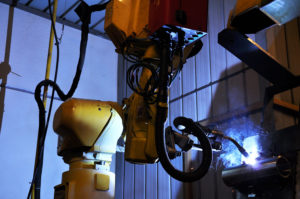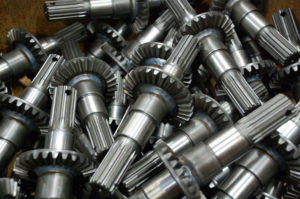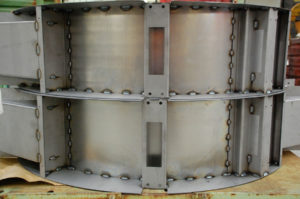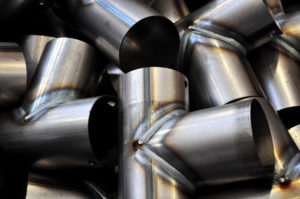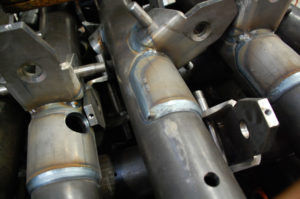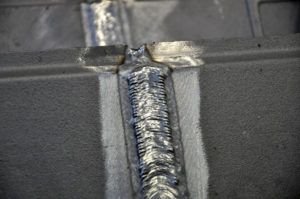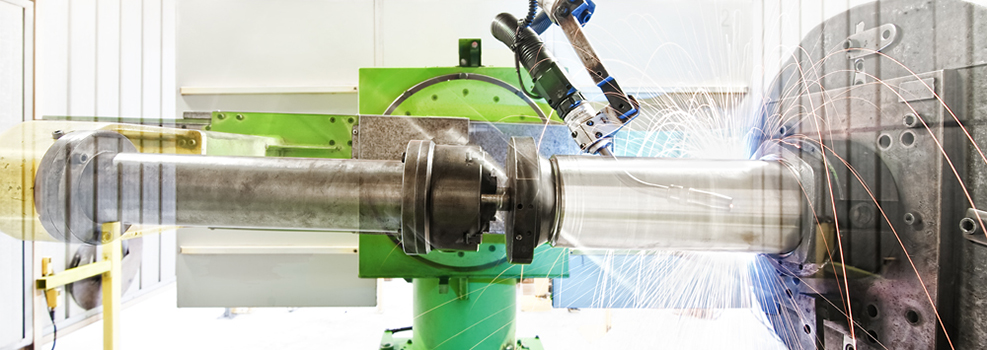
MIG-MAG welding
MIG (Metal Inert Gas-arc) or MAG (Metal Active Gas-arc), are both indicated in the AWS terminology as GMAW (Gas Metal Arc Welding – Metal Arc welding with gas supply), it is a method of arc welding with continuous wire welding, in which the heat is generated by an arc which flows between the welding rod and the actual work piece. Consequently, the welding rod performs both the function of electrode and of filling the material at the joint, because the passing current causes the fusion and it is continuously fed in the welding area by means of a torch. The protected atmosphere which is necessary to enable the operation of the electric arc, avoiding any contamination of the welding pool, is supplied from a gas torch that, according to its composition, can be defined as active or inert: Argon (Ar), Helium (He), and mixtures of the two are defined as inert gas (MIG), any addition in a mixture of Carbon Dioxide (CO2), Oxygen (O2), Nitrogen (N2) and Hydrogen (H2) leads the gas to be considered active (MAG).
Advantages of MIG-MAG Welding
High productivity due to the continuous feeding of the filler metal
Almost complete absence of slag (by using full wires)
Improved visibility of the welding pool, for better monitoring of the welding operation resulting in an improved aesthetic appearance of the seal
Greater current density allowing high depositing speed
This procedure is ideal for any type of seal on carbon steels, low alloy steels, alloy steels, nickel alloys, aluminum, copper, where high speeds for processing and filling are the main specifications requested.

